Being Eric Davis, Part 1
An astrophysicist investigates the paranormal with a rock star and a billionaire
Barely audible beneath the steady drumbeat of UFO news last year is a name that may be unfamiliar to casual observers; Dr. Eric W. Davis is relatively unknown to a larger audience, despite being a fixture within the paranormal research community for decades. His low profile may soon change due to the paradigm-shattering comments he made to the New York Times in an July 2020 article (“No Longer in Shadows, Pentagon’s U.F.O. Unit Will Make Some Findings Public”) about the government’s ongoing UFO investigation efforts.
In the report, Dr. Davis claimed that the government has pieces recovered from, “off-world vehicles not made on this earth.” This is not a new claim from the University of Arizona astrophysicist. He has quietly been taking a version of his show on the road for years, speaking in front of high-ranking government officials and lawmakers about extraterrestrial artifacts. How exactly did this civilian scientist gain access to highly sensitive information, enough so to be cited as an expert on the subject by one of the nation’s largest newspapers? The answer involves a paranormal ranch in Utah, intelligence papers about wormholes, and a close and enduring association with a man named Harold Puthoff.
Dr. Eric Davis is a scientist who likes to wear Hawaiian shirts. His area of study is a branch of space science that seeks to understand how our universe was formed and what physical processes might influence the behavior and development of heavenly bodies. It's also concerned with the search for life outside our planet – something Eric Davis has been interested in for decades. Shortly after securing a doctorate degree in astrophysics from the University of Arizona in 1991, Davis lent his expertise to a newly established organization with a unique objective: The National Institute for Discovery Science (NIDS).
NIDS was founded in 1995 by the longtime aerospace entrepreneur, billionaire, and fringe science researcher, Robert Bigelow, with a mission to “engage in research of aerial phenomena, animal mutilations, and other related anomalous phenomena.” Through his main company, Bigelow Aerospace, he also worked to develop various lightweight, expandable human habitats for commercial use in space. The eccentric Bigelow had plans to turn the final frontier into a tourist attraction long before Elon Musk founded SpaceX; eventually partnering with NASA to install one of his modules on the side of the International Space Station.
Back in the 1990s, Bigelow’s NIDS organization gained notoriety for their painstaking study of an area in Utah known as Skinwalker Ranch. For the better part of the 20th century, the infamous ranch was upheld as a hotspot of paranormal activity ranging from UFO and hominid sightings to cattle mutilations and poltergeists. In 1996, Robert Bigelow bought the land for $200,000, specifically due to the various phenomena that were constantly unfolding on the property. He saw it as the perfect location to install members of the NIDS team, armed with a bevy of the latest technology. Bigelow harbored a strong curiosity in strange and unexplainable occurrences, and he hoped that NIDS would gather hard proof of anomalous incidents at Skinwalker. Dr. Eric Davis was one of the investigators invited to stakeout the land around the ranch. So was a man who would end up playing an important role in the future of Davis’ career - Dr. Harold Puthoff.
Harold “Hal” Puthoff has been around parascientific circles since 1972 when he worked on a CIA funded program to assess the viability and validity of psychics and remote-viewers (known as Stargate Project). Dr. Puthoff obtained his PhD from Stanford in electrical engineering and went on to start EarthTech International Inc., a company where Eric Davis currently serves as his hired Senior Science Advisor. Hal found his way onto the NIDS board of advisors in the organization’s early days at the personal invitation of its founder, Robert Bigelow. With a zeal for zero point energy and advanced propulsion systems, his experience made him an ideal candidate to help steer NIDS research and analysis.
While immersed in the mysteries of Skinwalker Ranch, Davis and Puthoff analyzed many unexplainable events. According to Davis: “… we had the experience of one scientist and one investigator seeing a wormhole – what looked like a wormhole – with a creature crawling through, and then the ranch owners had seen an opening in the sky in broad daylight with a triangular craft that came through it.” With his pedigree in astrophysics, Dr. Davis was uniquely qualified to analyze these events, which to him presented, “an example of data that indicates there’s a wormhole involved.” In addition to these startling episodes, another cryptic anecdote is given on Davis’ Skinwalker Ranch biography page, hinting at “a report ... of total mind control – with an embedded warning issued to the science team – by an unknown entity.” Whatever Dr. Davis and crew experienced while on the remote property in northwest Utah, it seemed to be manifesting across a broad spectrum.
The NIDS staff remained on the ranch until 2001. Bigelow ramped down their presence due to what Davis professed was, “a lack of activity there or elsewhere in the Uinta Basin.” Davis would ultimately stay on as a member of NIDS until the following year when his position was cut in order to downsize the organization’s payroll. However, that would not be the end of his involvement with Hal Putoff or Robert Bigelow and his various sub organizations and spin-off entities.
NIDS was finally declared inactive in 2004 after a dearth of worthwhile cases to investigate. Years later, Bigelow established another acronym-ready group by the name of Bigelow Aerospace Advanced Space Studies (BAASS). The new company toned down its mission statement and advertised itself as “a research organization that focuses on the identification, evaluation, and acquisition of novel and emerging future technologies worldwide as they specifically relate to spacecraft.”
Multiple reports suggest the creation of BAASS in 2008 was a concerted effort by Bigelow to establish a fresh research group without the paranormal baggage associated with NIDS. The newly formed BAASS would be better positioned to compete for government funding and grants that were being set aside for the purpose of studying unidentified aerial phenomenon. Bigelow’s approach paid off to the tune of $10 million dollars when BAASS was awarded a Defense Intelligence Agency contract in 2008. They were hired to work on a classified program known as the Advanced Aerospace Weapons Systems Application Program (AAWSAP) and its later iteration, the Advanced Aerospace Threat Identification Program (AATIP).
As an employee of EarthTech International, Eric Davis was contracted to work for BAASS, and by extension, the Pentagon led programs AAWSAP and AATIP. So was his longtime associate, Hal Putoff. However, as Newsweek put it in an article about Bigelow’s company and their Pentagon contract, the presence of Hal Puthoff on the team, “warrant(ed) a default to skepticism.”
Harsh, but not entirely without merit, considering some of the questionable endeavours in Puthoff’s past. (Dr. Puthoff was a former practicing Scientologist and a strong believer in the abilities of spoon-bender Uri Geller.) As for Eric Davis, some of his best work was generated under this arrangement. He authored six research papers, known as Defense Intelligence Reference Documents (DIRDs), covering diverse topics with engaging titles such as, “Warp Drive, Dark Energy, and the Manipulation of Extra Dimensions,” and “Traversable Wormholes, Stargates, and Negative Energy.” These dense concepts were ripe material for a PhD in astrophysics.
The group’s collective output proved valuable enough to secure a renewed contract with the Pentagon for an additional year at a rate of $12 million. When the money eventually dried up, a total of 38 DIRDs had been produced for the federal government on a wide range of futuristic and theoretical concepts. Davis exploited this platform to garner a reputation within government circles as a knowledgeable scientist that kept one foot firmly grounded in data. His past affiliations with paranormal investigations took a backseat to his image as an legitimate astrophysicist. This perception helped Davis’ standing in the field immensely and made him the ideal candidate to be cited in any “serious” article about UFOs.
If private organizations like BAASS and its predecessor NIDS sound familiar, it's likely because of their striking similarity to a recent assembly of like-minded researchers under the direction of To The Stars Academy (TTSA). In fact, a large number of the same people associated with the NIDS and BAASS teams in the 1990s and 2000s later found themselves aligned with the newly formed TTSA in the 2010s. Dr. Hal Puthoff himself is listed as a co-founder of TTSA. Eric Davis and a cast of characters from the NIDS days also worked with TTSA through associations with Puthoff and Bigelow. Despite well-founded suspicions about the cozy relationships and contracts that transpire between these long time researcher-associates, the reality is that the candidate pool of those who are both qualified and willing to study fringe or paranormal topics is a small one. This fact reinforces the creation of such a tight and recurring circle of participants. Eric Davis, Hal Putoff, Robert Bigelow, and the other familiar names that materialize alongside them, are reminiscent of famous acting troupes like those led by Robert DeNiro or Seth Rogan. When they undertake a project, they cast the same actors time and again. Think of Dr. Davis and Dr. Puthoff as the Vince Vaughn and John C. Riley to Bigelow’s Will Ferrel.


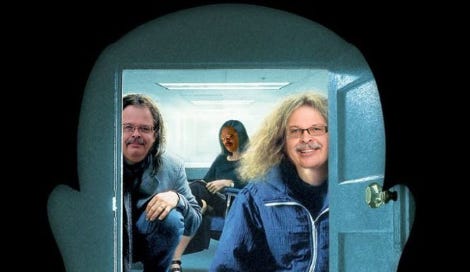


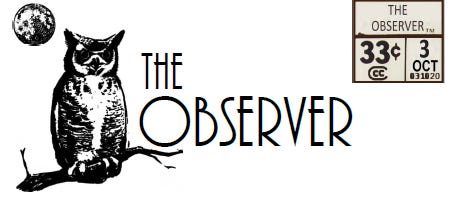

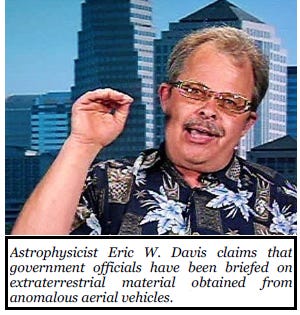
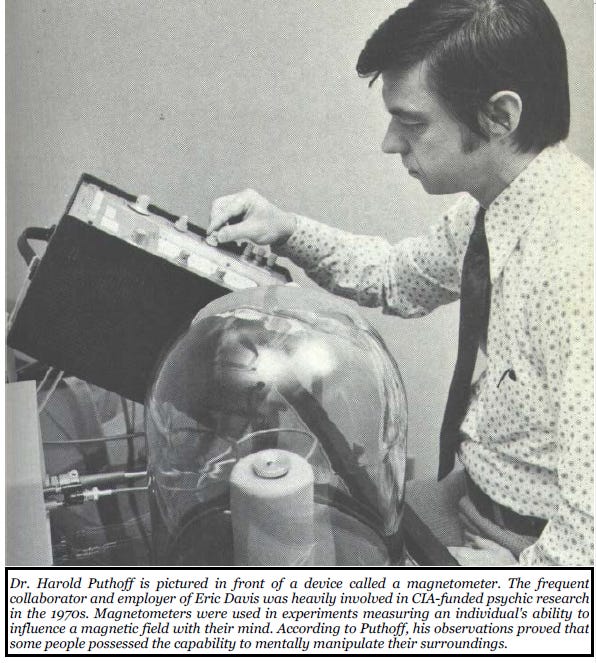
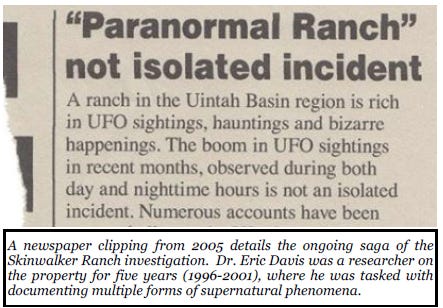
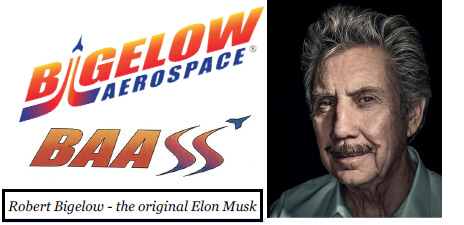
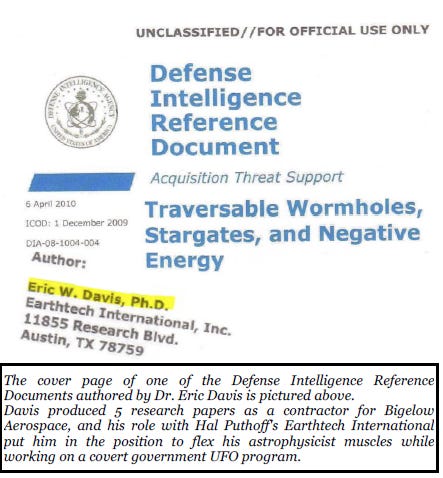
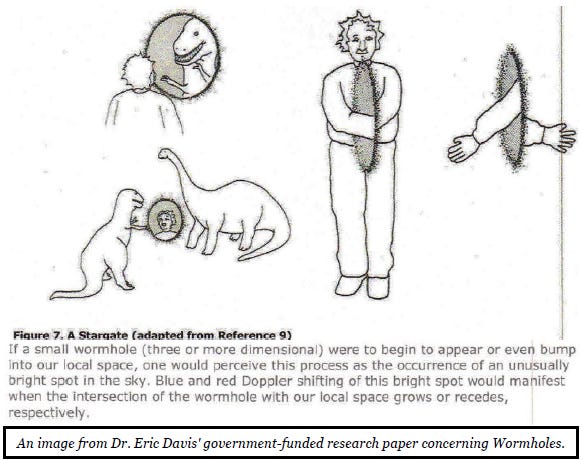
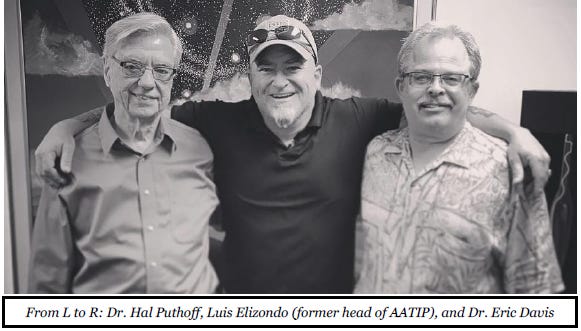

One of Dr. Davis's central roles, most important and well known in the community of researcher's, was his involvement in the infamous "Wilson episode" where a high ranking government intelligence officer was denied access to UFO/UAP information by private industry, illustrating control of highly sensitive information relating to national security concerns that was under the exclusive control of private industry, thus raising questions of how such a control of this sort came about in the first place, and by what Constitutional authority that allows private access to and exclusive control over this extraordinary information. control that is allowed to refuse inquiry by any government official, all the way up to and including POTUS.